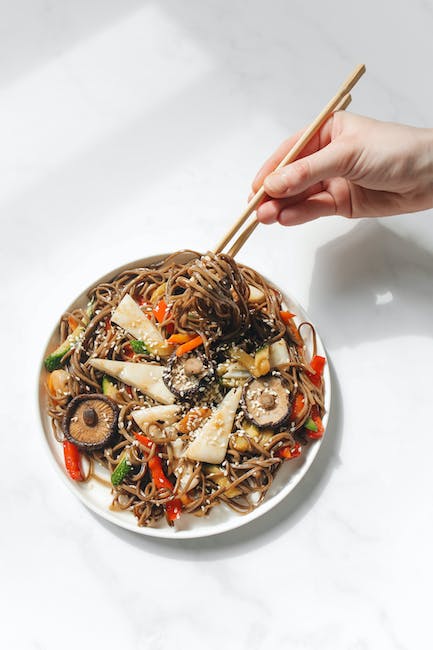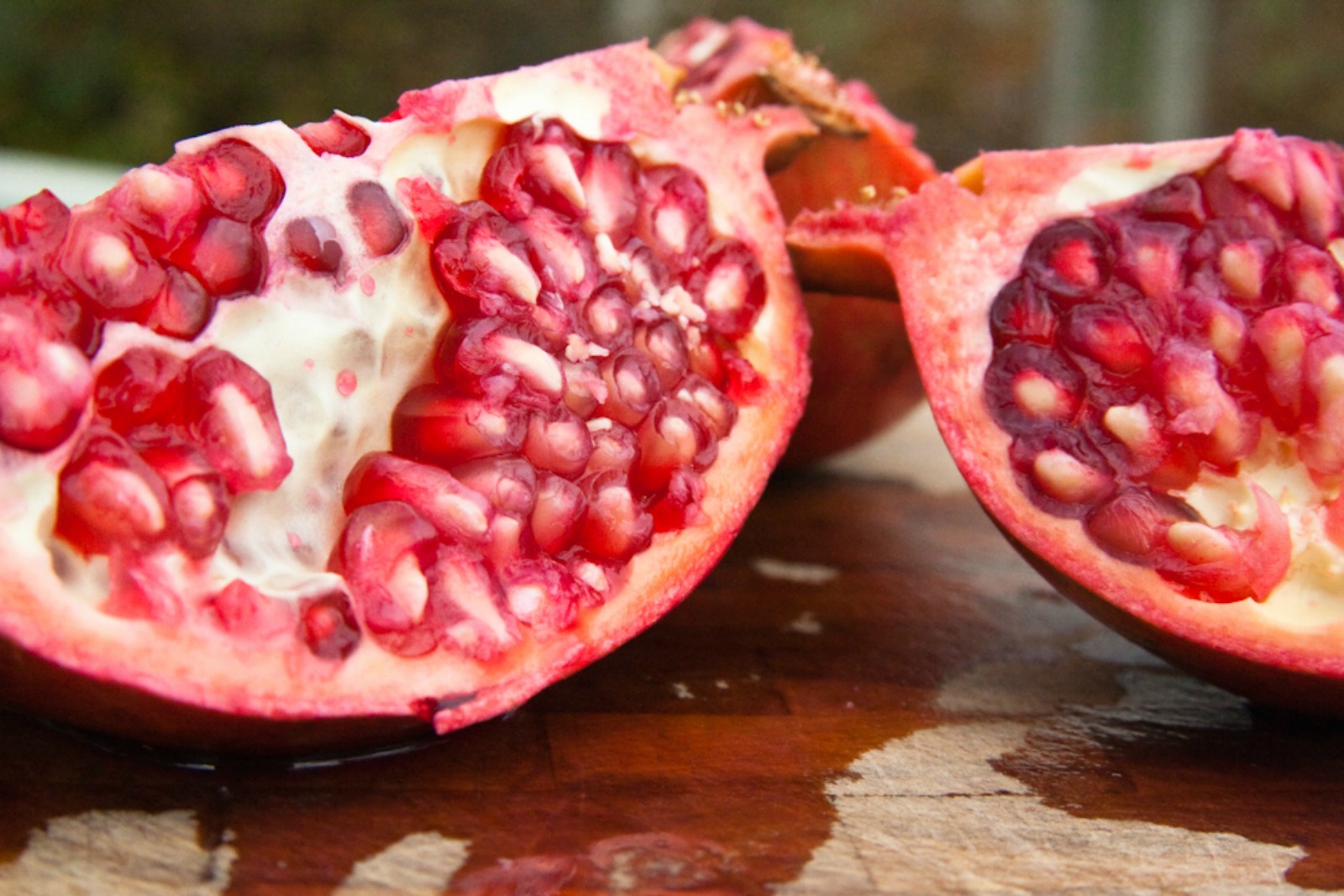Vegetables are a low carb-dieter’s answer to nutritious magic. The possibilities are endless with the myriad of shapes, sizes and colors available in veggies – not to mention the countless delicious recipes available. There is no limit to what low carb powerhouses can do for your health – and your waistline! Discover the possibilities in our article about “”!
1. Veggies: The Low-Carb Miracle-Workers
Forget the classic ‘no-carb’ diet: vegetables are arguably the most valuable dietary resource for low-carb diets. The key to getting the most out of veggies is to understand the way they can be utilized. Here’s a peek at some of the ways that veggies make healthy, low-carb eating a breeze.
Naturally Occurring Fibre
Veggies are powerhouses of concentrated fibre, offering up to 10 grams of fibre for just one cup. Fibres not only reduce the amount of refined carbohydrates you consume, but they also help to regulate your bowel movements, blood glucose levels and cholesterol levels – and without a trace of added fat.
Huge Variety of Nutrients
Unlike the diets of the past, low-carb diets don’t relegate you to an endless cycle of microwaved burgers and plain chicken. Just take a look at the huge range of vitamins, minerals, phytonutrients and trace minerals readily available in:
- Leafy Greens
- Mushrooms
- Peppers
- Tomatoes
- Cauliflower
- Broccoli
- Cucumber
The possibilities are truly endless!
Low Glycemic Index
Low-carb eaters rejoice! All veggies have a relatively low glycemic index, so they’re great for keeping your diet balanced. When our bodies consume large amounts of carbohydrates, the resulting spike in our blood glucose levels can be difficult to manage without the help of fast-digesting carbs. Veggies’ low glycaemic index makes them the perfect accompaniment to a low-carb diet.

2. Eating Veggies: A Time-Tested Way to Cut Carbs
Vegetables are a time-tested way to cut down on the number of carbs you consume. Not only are veggies one of the staples of a healthy diet, they are also a great substitute for unhealthy carbs. Here are some of the reasons why veggies are the ideal choice for cutting down carbs:
- Veggies are low in calories. Eating vegetables as part of a healthy diet can help you lose weight because they are naturally low in calories.
- Veggies contain essential nutrients. Eating veggies provides a range of essential vitamins and minerals that helps your body to function properly. These can include vitamin A, C, E, and K, as well as calcium, iron, magnesium, zinc, phosphorous, and potassium.
- Veggies are packed with fiber. Not only do veggies provide essential vitamins and minerals, they can also provide essential dietary fiber. Increasing dietary fiber can have a range of benefits, including aiding digestion and regulating blood sugar levels.
In addition to the above benefits, veggies are also a great source of antioxidants. Antioxidants, such as flavonoids, are powerful compounds that help protect your body from cell damage. In order to make the most of all the benefits of eating veggies, it is important to consume a variety of them. Try to incorporate a broad selection of different colors and types of vegetables in your diet each day.

3. Savoring Veggies: Delicious Ways to Reduce Carbs
Eating veggies are an essential part of any healthy lifestyle. But for those of us who don’t enjoy the taste, this can be a challenge. Luckily, there are plenty of delicious and creative ways to prepare vegetables so that you can still take advantage of all their nutrient-packed benefits. Here are a few ideas to help reduce your carb intake and get more veggies on your plate.
Ruling out starchy vegetables: Choosing vegetables with a low carb content can help tip the scales in your favor. Starchy veggies like peas, corn and potatoes are high in carbs, so ruling those out is a start. Plus, there are plenty of options still available like colorful bell peppers, eggplants, and celery. These won’t break the carb bank!
Using the right cooking methods: How you prepare vegetables can also make a difference. For instance, instead of roasting or frying, try steaming or boiling. This will help preserve the nutritional content of your veggies and reduce the carb count. Grilling is also a great option, and can give your greens a nice smoky flavor.
Adding a few flavor enhancers: Flavorful ingredients can add excitement to the otherwise bland taste of veggies. Here are a few ideas:
- Spice it up: A pinch of chili flakes, herbs and spices can really add a kick.
- Sources of fat: A pinch of olive oil, butter or mayo can make your veggies even more tempting.
- Tangy treats: A squirt of lemon, vinegar and even capers can add a delicious zesty note.
With a little bit of experimenting, you’ll soon find meals you actually enjoy that are chockfull of nutritious and low-carb veggies!
4. Don’t Fear the Veggies: Carb-Friendly Recipes
Many dieters steer clear of carbohydrates for fear that they will cause weight gain, but this doesn’t have to be the case. Veggies are one of the aspects of the diet that many of us can rest assured are often low in carbs.
Carb-friendly recipes that include plenty of vegetables can be easy to put together. Here are some ideas to get your creative juices flowing:
- Butternut squash soup with kale and cannellini beans.
- Roasted portobello mushrooms stuffed with quinoa and vegetables.
- Baked salmon and zucchini with a creamy basil sauce.
Don’t feel limited to vegetables when it comes to creating a carb-friendly diet. Protein sources like Greek yogurt, beans, and quinoa can also be included to add variety and flavor. Have fun experimenting with different flavors and ingredients until you come up with dishes that you and your family will love.
5. Veggies: Packing a Nutritional Punch with Low Carbs
Veggies are the unsung heroes of the food pyramid. All the vitamins and minerals they supply, yet so often overlooked in favor of richer, flashier dishes. But the truth is, all the goodness they bring should never be overlooked when looking to make better food choices. Here’s why:
Firstly, they’re used in heaps of nutritious meals. You could load up your plate with oodle stires, lemon roasted veggies, and, of course, delicious salads. But one of the key benefits of veggies is that they’re wonderfully low in carbs. This makes them a great option for people wanting to watch their weight, or those following specific diets.
Additionally, these nutrient-packed powerhouses are really affordable. Whether you’re buying them frozen, canned, or fresh – vegetables are some of the cheapest items to add to your shopping cart. They also tend to have quite a long shelf-life, meaning you’ll actually use what you buy without worries about wastage.
And lastly, veggies come in every color of the rainbow. Whether you love his vibrant hue of red cabbage or the more subtle nuances of courgette and leek – there’s a veggie to suit every preference. When added to a meal, they’re sure to bring color, flavor, and texture to please everyone’s palate.
So, if you’re looking to make healthier food choices, or bulk up a meal with some great nutrition – veggie should always be the star of the show. Here are some ideas to get you going:
- Add chopped onion and garlic to a stir-fry.
- Bake roasted peppers and tomatoes to a savory tart.
- Mix in a handful of spinach into scrambled eggs.
- Crumble some feta over a salad of seeded cucumber.
6. Reap the Benefits of Veggies: Enjoy Low-Carb Favorites
Taking the plunge and choosing to embrace low-carb dishes can lead to a world of flavor. Fresh vegetables comprise the main part of many of these dishes. There are creative ways to use vegetables to put together a delicious menu without relying heavily on carbs. Here are six great ideas for making the most of nutritious vegetables to create exciting meals.
- 1. Beetroot-Encrusted Salmon
- Grate up some fresh beetroot and coat fillets of salmon for a nutritious crunchy crust. Bake in the oven, serve with a side of roasted Brussels sprouts.
- Mix chopped onions, red peppers, cherry tomatoes, garlic, and fresh herbs together and toss in olive oil. Roast in the oven until golden, then enjoy as a warm salad with feta cheese and olives.
- Sauté a couple of leeks in butter until softened and place in a baking dish. Crack two eggs into the dish and bake in the oven until the egg whites are set. Sprinkle with parmesan cheese for an extra kick.
- Chopped kale is full of flavor and healthy vitamins. Sauté with roasted cashews and garlic for a simple yet delicious stir-fry that is low in carbs and packed with taste.
- Sauté some onion and garlic, add chopped broccoli, vegetable broth, and cheddar cheese. Blitz until a smooth soup is formed. Garnish with creamy yogurt for added flavor.
- Chop some shiitake mushrooms and fry in a pan with bacon lardons. Drizzle over a bit of balsamic vinegar for an added depth of flavor. Serve with a side of roasted garlic asparagus.
2. Roasted-Vegetable Salad
3. Baked-Eggs with Leeks
4. Kale-and-Cashew Stir-Fry
5. Broccoli-and-Cheddar Soup
6. Sautéed Mushrooms with Bacon
Not only are these dishes low in carbs, they also provide lots of nutritional benefits with freshly prepared ingredients. Eating low-carb dishes is a great way to boost health while still enjoying an exciting meal. So try out the creative ideas above and experiment in the kitchen to find other delicious recipes made with fresh veggies.
Vegetables really are magical – they help us maintain our health, they provide essential nutrients, and they let us enjoy delicious meals with few carbs. Who knew that veggies could have so much power? Let’s help spread the word and keep the low-carb lifestyle alive!
